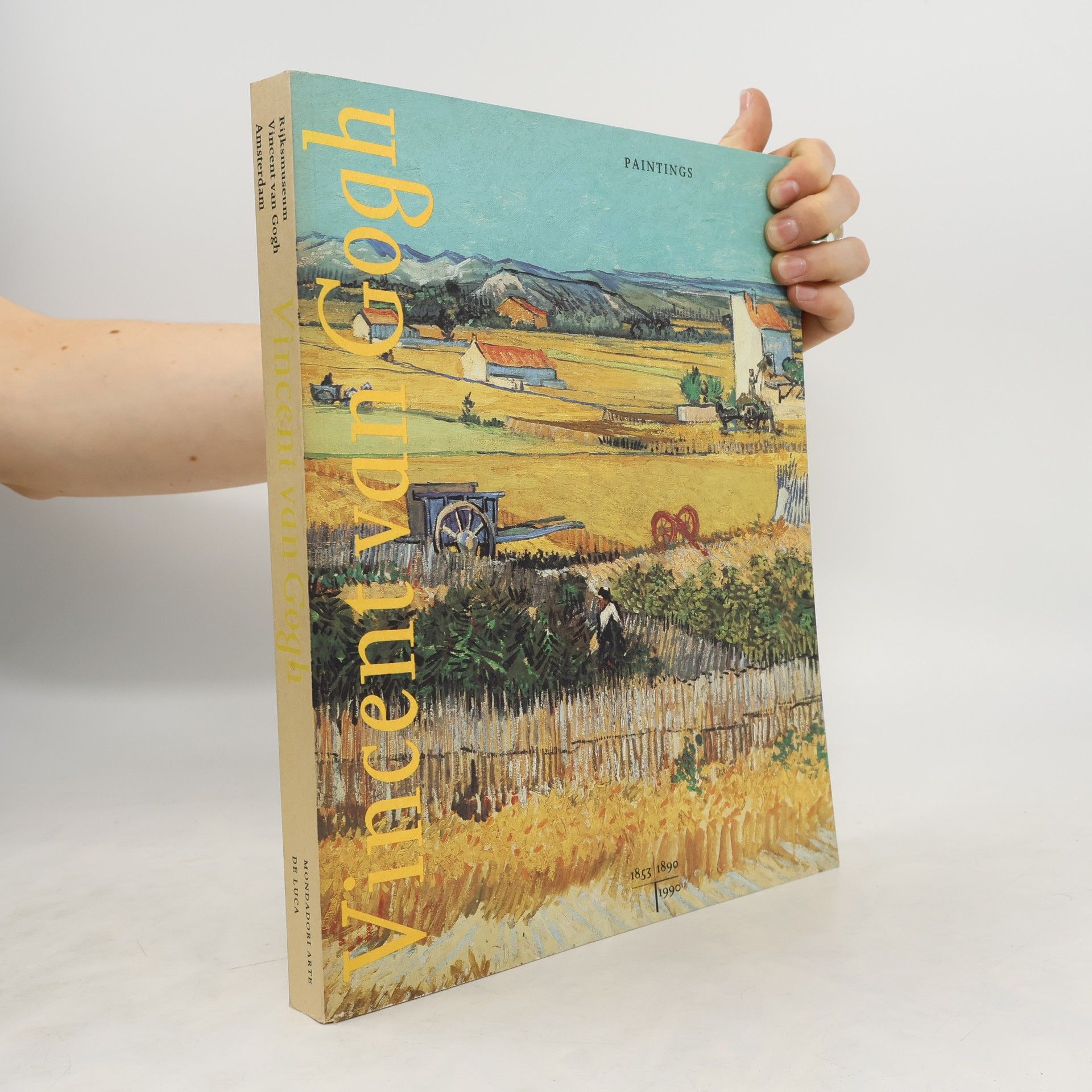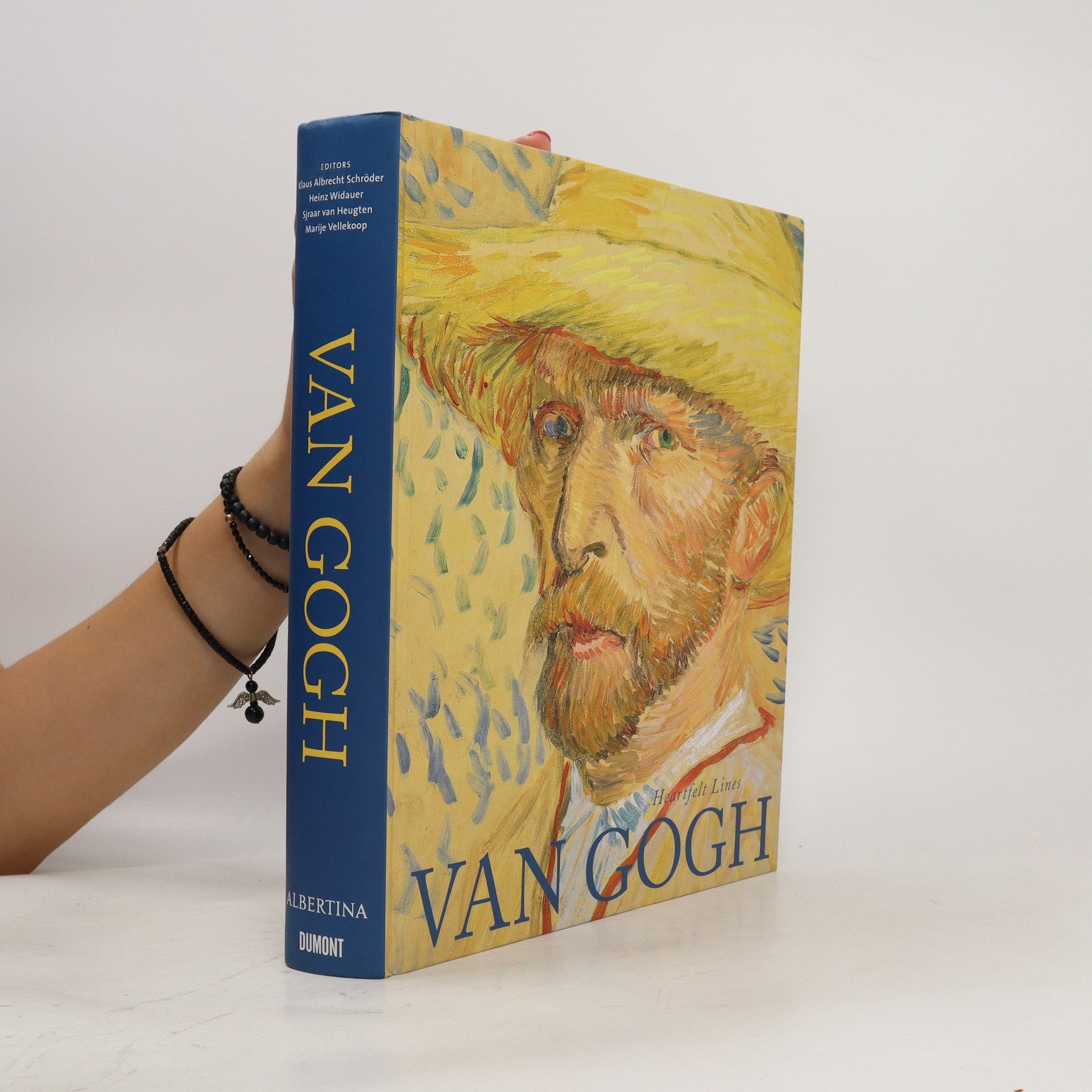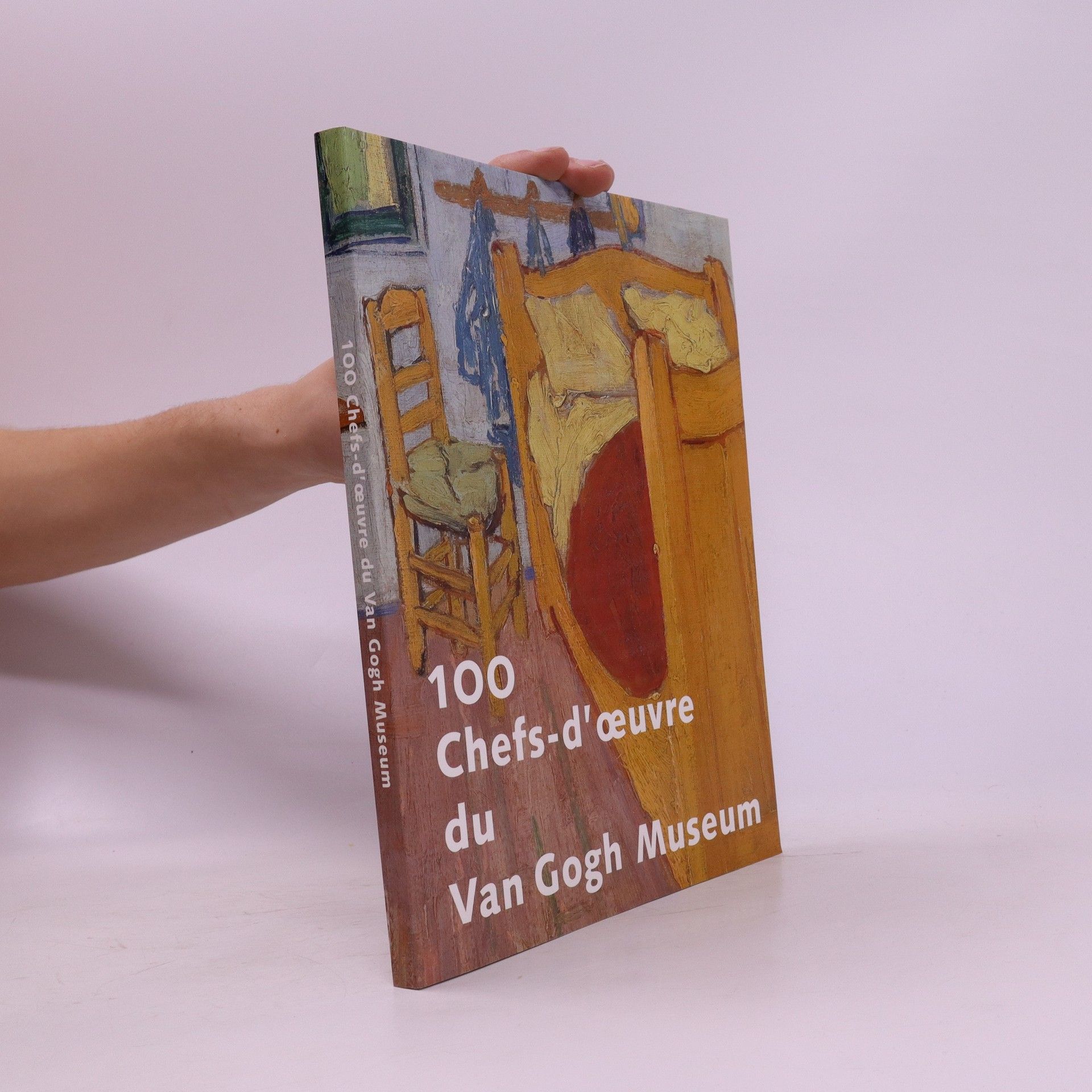Sjraar van Heugten Livres






Van Gogh Drawings
- 120pages
- 5 heures de lecture
"Vincent van Gogh concentrated on drawing at the beginning of his artistic career. In fact, for the first three years he did little else, convinced as he was that it would give him the foundation he needed to master the art of painting. As a result, his talent as a draughtsman emerged long before he became known as a painter. But drawing remained an important part of his artistic production, and the outstanding mastery demonstrated by his works on paper makes them an equal counterpart to his paintings. The exhibition Van Gogh Drawings: Influences and Innovations looks at the influence of prints and drawings by other artists on Van Gogh's drawings and his small graphic oeuvre. A representative body of his drawings and prints is thus complemented by a selection of images that inspired him at various stages of his career. Van Gogh absorbed a multitude of influences and proceeded to assimilate them in works that are highly innovative, not just in style but often in technique as well. The exhibition and the accompanying catalogue pay close attention to these and other aspects of one of the most remarkable oeuvres of drawings of the 19th century."--P. [4] of cover.
Van Gogh. Heartfelt Lines
- 455pages
- 16 heures de lecture
This book focuses for the first time on the relationship between drawing and painting in Van Gogh's Art. Includes 50 paintings and 120 major watercolours and drawings by Van Gogh.
This accessible book demonstrates how managers and practitioners can overcome workplace distress, fatigue and burnout by understanding the causes and implementing practical strategies. The book is full of techniques and tips that will be invaluable to all social work managers and practitioners seeking to beat workplace stress overload and burnout.
An exhibition of van Gogh paintings at the Rijksmuseum Vincent van Gogh from March 30th to July 29th 1990.
Das wohl berühmteste Gemälde Vincent van Goghs (1853–1890) ist Die Sternennacht, entstanden im Juni 1889: ein vibrierendes Bild mit expressiven, kurzen Pinselstrichen, in dem Zypressen wie Flammen gegen den sternenreichen Nachthimmel emporflackern. Von Anfang an hat sich der Künstler der paradox erscheinenden Aufgabe angenommen, die Nacht, die sich – vordergründig betrachtet – gerade durch das Nichtvorhandensein von Licht auszeichnet, mittels Licht darzustellen. Er folgte dabei dem Verfahren der Impressionisten, Licht in ein Farbgemisch zu 'übersetzen'. Zugleich war er bestrebt, seinen Werken eine sehr persönliche metaphorische Bedeutung zu geben, die weit über die oberflächliche visuelle Erscheinung hinausging. Beide künstlerischen Ideen van Goghs sind in seinen ungeheuer reizvollen Nachtdarstellungen, Gemälden wie Zeichnungen, verbunden. Der Band bietet einen umfassenden Blick auf nächtliche Landschaften und Innenräume aus allen Schaffensphasen, in denen der Künstler die Effekte von natürlichen und künstlichen Lichtquellen auf die Umgebung meisterhaft umsetzte. Ausstellungen: Museum of Modern Art, New York 21.9.2008–5.1.2009 · Van Gogh Museum, Amsterdam 13.2.–7.6.2009
100 meesterwerken in het Van Gogh Museum
een selectie door directeur John Leighton
- 13pages
- 1 heure de lecture
